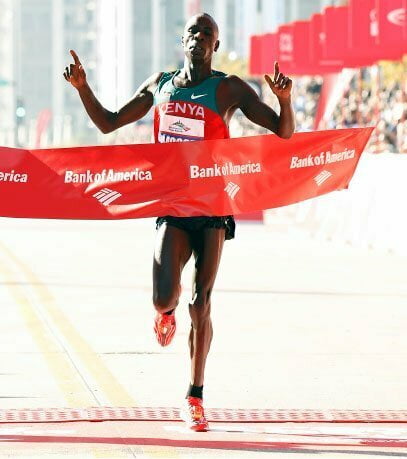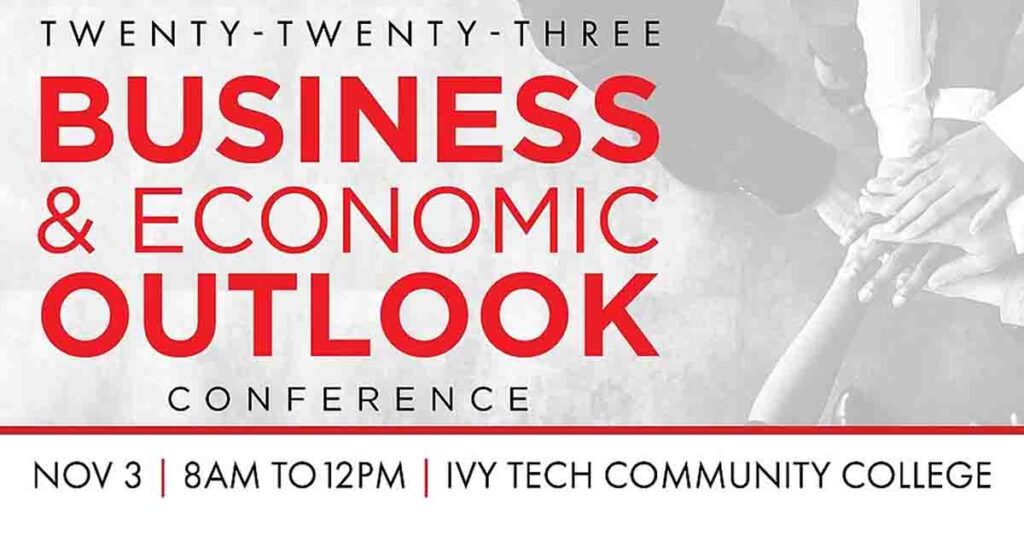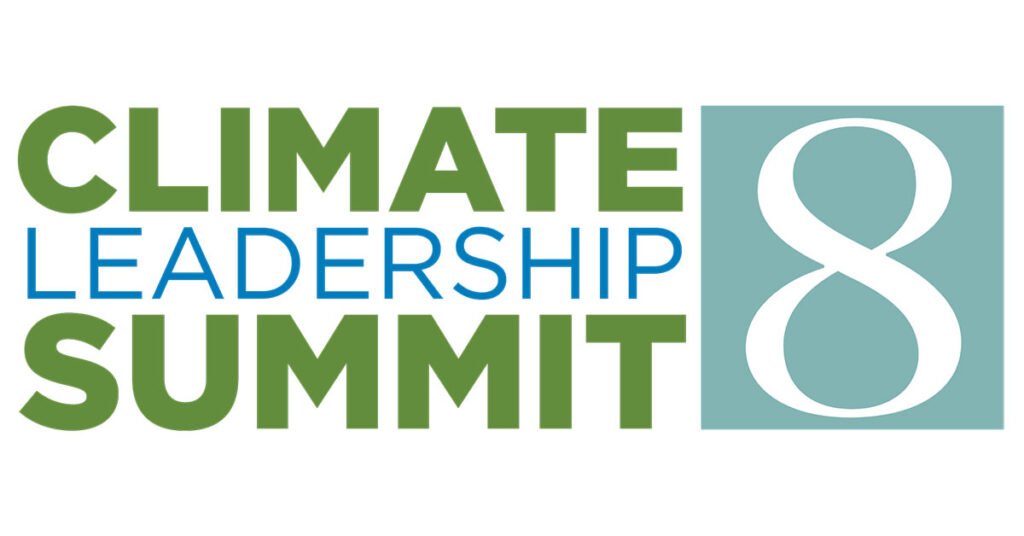Summer weekends are filled with running events, both serious and fun.
by Rick A. Richards
As soon as the spring thaw arrives, so does the running season. By the time summer arrives, there isn't an empty weekend on the calendar for a 5K or 10K run someplace in the region.
Organizations like the Michiana Runners Association, the Calumet Region Striders and the Chicago Area Runners Association all promote running events, some for serious competitors and others simply for fun and fitness.
It's impossible to know precisely how many runners there are in the region, but it's safe to say there are thousands of them. There are enough, in fact, that two major running events – Leon's Triathlon in Hammond and the Sunburst Races in South Bend – have become among the major events of their kind in the nation.

On top of that, the region sits in the shadow of the Chicago Marathon, one of the world's premier running events. Since 1990, it has been organized by Hammond native Carey Pinkowski, a star runner at Hammond High School and at Villanova University under legendary track coach Jumbo Elliott.
“Leon's Triathlon is an opportunity to showcase Northwest Indiana,” says Jason Sands, director of sports development at the South Shore Convention and Visitors Authority. “It's broadcast on Comcast Sports, and that means it will be seen in 25 million households in the country.”
With some 700 participants this year (the event is run the first weekend in June), founder Leon Wolek has been a part of each event since the first one in 1983. “Back in the day, things were different. Triathlons were just getting started and no one knew a lot about them. Today, they're having a major impact in communities and we have a lot more people involved in active lifestyles.”
Wolek has been around Northwest Indiana all his life. He's a graduate of River Forest High School and says the triathlon that bears his name is a way to promote the region. “I'm very humble and honored to be a small part of it,” he says. “I'm so humbled because Northwest Indiana has pulled together to promote it.”
The cities of Hammond and Whiting, along with Lake County and a host of corporate sponsors like Fair Oaks Dairy and T&H Timing have gotten involved. This year's event featured world-class triathletes, including winner Ben Knute of Arizona, one of the leading contenders to be on the U.S. Olympic team in London.
“We haven't gotten a lot of overnight stays with the event yet,” says Sands, “but the impact on the region with the television coverage really enhances people's view of the region and raises our profile. It shows off Wolf Lake Pavilion, our lakefront and some of the unique neighborhoods in Northwest Indiana. This is an opportunity to create an event that brings thousands of visitors to the region who spend money and help stabilize our economy.”
The Sunburst Races are the first, and so far, only marathon in Indiana. Besides that distinction, finishing the race inside Notre Dame Stadium has been a draw that has lured some 10,000 people to participate.
Molly Sullivan, race director for Sunburst, has been involved for the past decade. The race is sponsored by Memorial Hospital, and Sullivan explains it's part of Memorial's mission to promote a healthy lifestyle, something the Sunburst Races do.
Along with a marathon, there's also a half marathon, 10K run, 5K run and a 5K walk. “It really brings people into the community,” says Sullivan.
The races are held the first weekend each June in conjunction with the annual reunion weekend at the University of Notre Dame.
“Notre Dame wanted to do something to promote the university and the community that wasn't on a football weekend. They decided that reunion weekend would be a good time,” says Sullivan.
The partnership with the university has proved beneficial to both, giving the race a unique backdrop and providing a major event for Notre Dame graduates and their families in which to participate.
“It is a huge boost for the community. It's great for fitness and it shows off Notre Dame and the great neighborhoods in South Bend,” says Sullivan. “And while the runners are in town, it boosts business at restaurants and hotels.”
Sullivan points to an economic impact study of the event that shows Sunburst brings in $750,000 to the local economy.
Sunburst has turned out to be good for Memorial Hospital, too. In addition to promoting a healthy lifestyle, the event has raised thousands of dollars for its Children's Hospital. This year's race helped pay for a specially equipped pediatric ambulance.
“We've gotten phenomenal reviews from participants and the community. The participants love finishing in the stadium. It's a huge draw for us,” says Sullivan.
Since 1990, the organization of the Chicago Marathon has been led by Carey Pinkowski, a Hammond native. But he's quick to point out he can't do it alone and needs every one of the 12,000 volunteers it takes to put on the annual event.
Add in 36,000 participants and some 1.7 million spectators along the 26.2 mile route, and it's easy to see why the Chicago Marathon is a world-class event. “Absolutely this is one of the world's great running events,” says Pinkowski, who ran in the event back in 1984, finishing in a time of two hours and 20 minutes.
“Transforming 26.2 miles of heavily used city streets into a marathon course isn't easy. We get help from literally every city department in Chicago,” says Pinkowski.
This year's marathon is scheduled for Oct. 7 and is sponsored by Bank of America. The marathon is a major part of the bank's outreach in Chicago, says Diane Wagner, senior vice president for media relations at Bank of America. “There is a big charity component to the marathon. About 10,000 of our runners are running for charity. Since 2002, we've raised $85 million for charity.”
Beyond that, the impact of 36,000 runners and more than 1.7 million spectators creates an economic impact of $171 million annually for the city, according to a University of Illinois study.
“For the first marathon, all our runners stayed at one hotel,” says Wagner. “Now, they're staying at 36 hotels in the city and suburbs.”
Pinkowski says the outreach the marathon does in the community, including Northwest Indiana, helps organizers find out how many people from the neighborhoods and suburbs are involved in the event.
“We've learned that 25 percent of our participants each year have never been to Chicago before,” says Pinkowski. But many of the participants and volunteers have taken part before and do so year after year.
Being a part of the organizing effort, Pinkowski says he doesn't get the opportunity to run in the event any more, but that doesn't mean the competitive itch to run isn't still there.
“You know, I would like to do it again someday, and I think I will. I just don't know when.”




